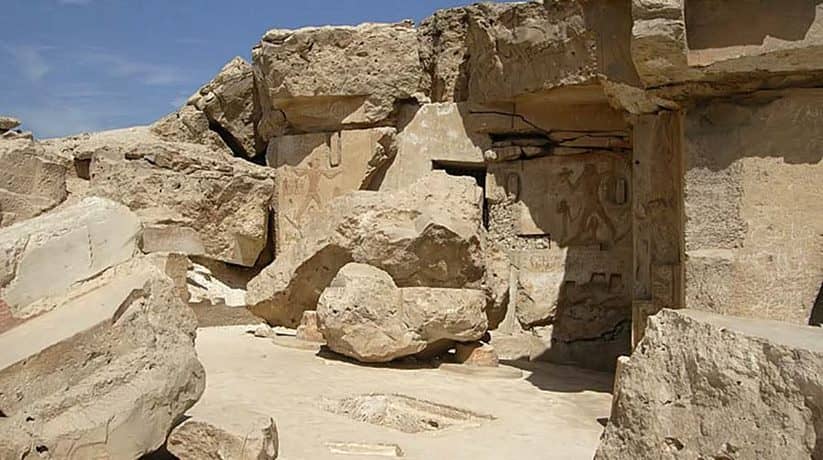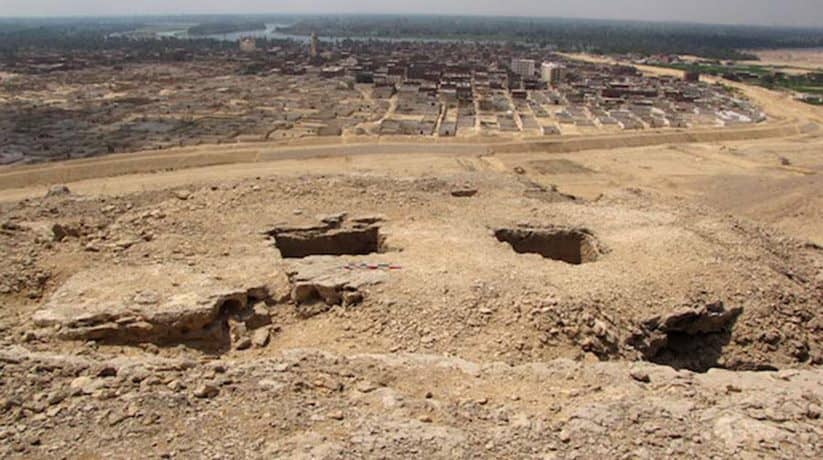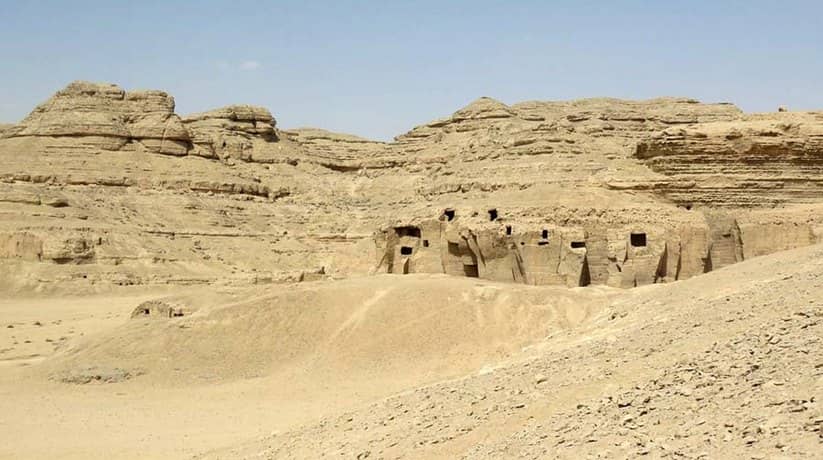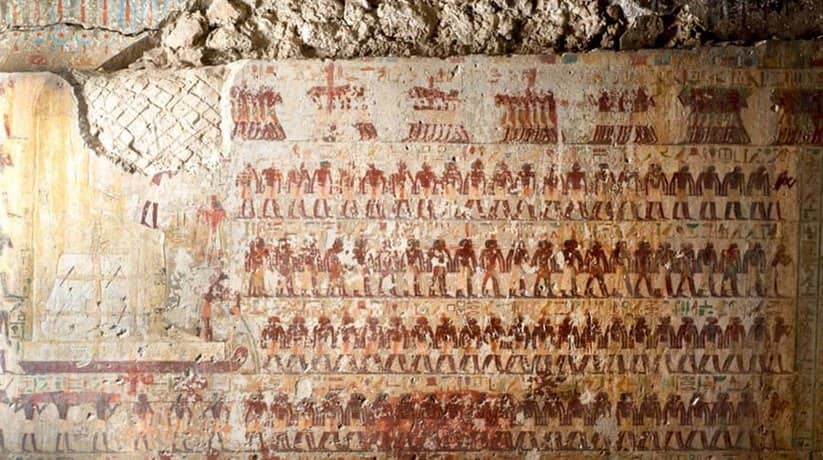Dayr Al Barsha El Minya, Egypt tours, prices, booking, reviews
Dayr Al Barsha or Deir El Bersha is a Coptic village which located in El Minya, Egypt. In fact, the site located in the East Bank of the Nile at the mouth of Wadi Deir El Nakhla. Dayr Al Barsha is a necropolis and quarry site in the remote cliffs. In fact, the site features 39 rock-cut tombs similar in style to the later tombs at Beni Hassan. Moreover, the site also features extensive galleries of limestone quarries. In fact, the quarrying, earlier earthquakes and more recent vandalism damaged the tombs. The tombs are now in a lamentable state of preservation. The most important tombs at Dayr Al Barsha belong to Dynasty XI and XII governors. In fact, the governors were of the 15th Upper Egyptian Nome. Moreover, they lived in Hermopolis across the river.
In fact, the tombs visited by many early travelers. Moreover, the tombs excavated by Percy Newberry for the Egypt Exploration Fund. It was during 1891-1893. Furthermore, the site also excavated by Georges Daressy in 1897. Moreover, the site of Dayr Al Barsha also explored by Ahmed Kamal starting from 1900. George Reisner began the excavations in 1915 for the Boston Harvard Expedition. Since the 1980, a Dutch American expedition excavated at the site. The decorated tombs in the cliffs of the site date back to the Old Kingdom. Moreover, they also date back to First Intermediate Period and Middle Kingdom. In fact, it was the principal cemetery of Hermopolis. Early excavations at the site brought to light many of high-status burials. In fact, some of them are intact.
Further details about Dayr Al Barsha:
The most famous and most impressive of the Middle Kingdom tombs constructed for Djehutihotep. In fact, he was a governor who ruled during the Dynasty XII reigns of Amenemhet II. His main title was “Great Overlord of the Hare Province”. Moreover, his tomb-chapel has a portico with two palm-columns. Furthermore, his tomb has a rectangular inner hall. Moreover, the tomb also has a deep cult chamber with a statue niche up a short flight of steps. In fact, the tomb is famous for a unique painted scene on the left-hand wall of the inner hall. The scene depicts the transportation of a colossal statue. In fact, the statue is of the deceased from the alabaster quarries at Hatnub to his mortuary chapel. The statue measures 6.5 meter high and estimated to weigh about 60 tonnes.
In fact, the scene shows the statue while dragged on a wooden sledge. It was by 172 men pulling with ropes, while another man pours something from a jar. In fact, it was to lubricate the ground in front of the sledge. The lifting of the weight done by using wooden levers. The tomb also contains other interesting scenes of daily life in the Middle Kingdom. Moreover, the tomb chapel also has five subsidiary shaft-graves in the forecourt. One of them belongs to Gua who held the title of “Chief of Physicians”. In fact, he was Djehutihotep’s personal doctor. A quantity of rich burial equipment found there including two decorated cedar-wood coffins. There were also Gua’s canopic jars and several wooden models. In fact, they are now in the British Museum. Dayr Al Barsha also houses the tomb of the governor Djehutinakht.
More details about Dayr Al Barsha:
In fact, this tomb discovered by H Lyman Story, registrar of the Boston Museum in 1915. Djehutinakht was a governor of Dynasty XI. Moreover, he hold the title of “Hereditary Prince and Controller of the Two Thrones”. Furthermore, his wife shared the tomb and also shared the same name. In fact, the tomb plundered but many artifacts which found during its clearance. The artifacts included the owner’s elaborate and detailed outer coffin. Moreover, the artifacts also included an unparalleled masterpiece of Middle Kingdom art. Furthermore, parts of his desecrated mummy also found. The linen-wrapped head of which found watching the excavators from on top of the coffin.
Among the treasures which left behind were several coffins and mummy masks. In fact, these treasures also included funerary equipment and jewelry. Moreover, they also included superb wooden models, vessels and statuettes. The limestone quarries and the settlements in and around the site were in use from the New Kingdom. In fact, it was through to the Roman Period and into the Coptic era. There is a mission to Dayr Al Barsha of the Katholieke Universiteit Leuven. In fact, this mission directed by Professor Harco Willems. Moreover, the mission works in the quarry areas since 2002. In fact, they revealed many interesting features, and inscriptions. Moreover, they also revealed drawings, graffito and a damaged stelae of Amenhotep III.
How to get to Dayr Al Barsha:
Dayr Al Barsha is almost opposite the town of Mallawi on the eastern side of the Nile. In fact, the archaeological area located at the entrance to the Wadi Deir El Nakhla. Moreover, the area is remote and difficult to access. In fact, the tombs believed to be closed due to their damaged and dangerous condition.
















